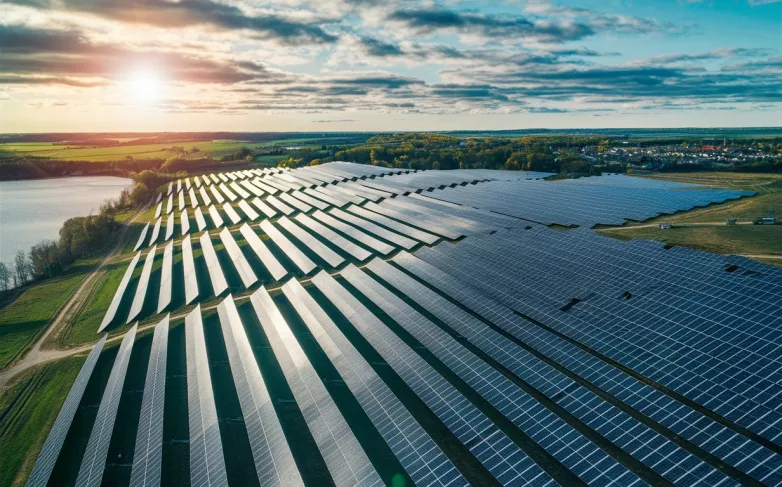Pahal Solar breaks ground on 2-GW cell plant in Gujarat
- Pahal Solar began building a complex in Gujarat featuring a 2-GW solar cell factory and a 2-MW aluminum frame line to deepen India’s PV supply chain.

Indian PV manufacturer Pahal Solar has started construction on a new production complex in Gujarat that will anchor a 2-GW solar cell factory and a 2-MW aluminum frame line. The investment pushes the company further upstream, aligning with India’s drive to localize more of the photovoltaic value chain and reduce exposure to import bottlenecks.
The cell facility is expected to target high-efficiency architectures—most likely TOPCon or PERC during ramp, with a pathway to higher-efficiency formats as toolsets and market demand evolve. Vertical integration matters: pairing cell output with an in-house frames line shortens lead times for module assembly, improves quality control at interfaces, and cushions logistics risk for balance-of-module components that have faced tight supply.
Pahal’s Gujarat siting leverages a seasoned industrial ecosystem, port access, and a growing base of solar suppliers and talent. Early priorities will include tool installation and qualification, pilot runs to hit yield and defect targets, and customer sampling for bankability. Power quality, process water systems, and cleanroom discipline are critical to achieving throughput without sacrificing efficiency.
For India’s market, additional cell capacity underpins ongoing module expansion and supports domestic-content goals across utility-scale, C&I, and rooftop segments. As states accelerate tenders and corporates sign more PPAs, consistent cell supply at home can stabilize pricing and specifications, while also meeting traceability and origin requirements some buyers now demand.
The aluminum frame line, while modest at 2 MW of structural output, addresses a well-known bottleneck. Precision extrusions and surface treatments are central to module durability; colocating this step improves cadence and allows faster iteration on frame profiles for wind, snow, and transport loads.
Environmental and workforce considerations round out the plan. Expect advanced waste-water treatment, aluminum scrap recovery, and rooftop solar on the plant itself, alongside technician training programs to scale operations. If commissioning and ramp proceed on schedule, the complex will add meaningful domestic capacity just as India’s installations continue to climb.
Bottom line: by moving deeper into cells and critical components, Pahal Solar is trading dependency for control—aiming to deliver reliable, bankable inputs to India’s fast-growing downstream manufacturers.
Also read

